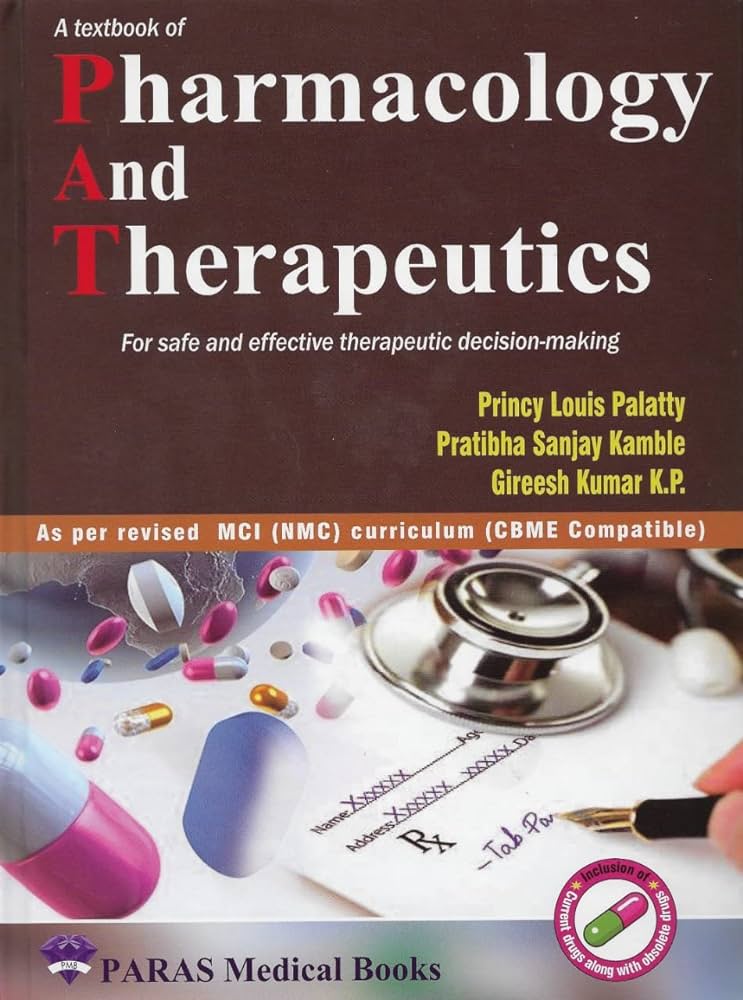Management of drug-resistant hypertension as a heterogeneous disorder
IF 12.5
1区 医学
Q1 PHARMACOLOGY & PHARMACY
引用次数: 0
Abstract
Approximately 1.3 billion adults globally have hypertension, and are at higher risk of death associated with cardiovascular disease. Adjusted death rate primarily due to high blood pressure is 31.3 per 100,000. The prevalence of drug-resistant hypertension is estimated to be up to 20 % in hypertensive individuals, and is more common in those with chronic kidney disease and obstructive sleep apnea. It occurs in individuals on ≥3 antihypertensive drugs including a diuretic. The addition of spironolactone, as a fourth drug has been found at times to be effective in management of blood pressure. Other strategies include sequential nephron block (e.g., spironolactone + furosemide + amiloride), and use of drugs such as alpha2 agonists, endothelin antagonists, and nonsteroidal mineralocorticoid antagonists. Use of positive airway pressure and pharmacotherapy have been found to be of value in individuals with sleep apnea in lowering blood pressure. In contrast, baroreceptor stimulation and/or renal denervation combined with pharmacotherapy seem to offer little in a way of consistent efficacy of optimally lowering blood pressures. Remarkably, evidence in the literature strongly supports the view that life style changes including regular exercise and appropriate diet combined with pharmacotherapy can lead to positive outcomes in helping to significantly reduce blood pressure. There is also ample data in literature suggesting the non-compliance to antihypertensive medications as a significant barrier to lowering blood pressure in this group. Accordingly, education regarding pharmacotherapy, and appropriate exercise regimen, including changes to diet should underpin any strategy in the management of high blood pressure in this population.
作为异质性疾病的耐药高血压的管理
全球约有13亿成年人患有高血压,并且与心血管疾病相关的死亡风险更高。高血压导致的调整死亡率为每10万人31.3人。据估计,高血压患者中耐药高血压的患病率高达20%,在慢性肾病和阻塞性睡眠呼吸暂停患者中更为常见。它发生在服用3种以上抗高血压药物的个体中,包括一种利尿剂。添加螺内酯作为第四种药物,有时被发现对控制血压有效。其他策略包括序贯肾素阻滞(例如,螺内酯+呋塞米+阿米洛利)和使用药物,如α 2激动剂、内皮素拮抗剂和非甾体矿物皮质激素拮抗剂。使用气道正压通气和药物治疗已被发现对睡眠呼吸暂停患者降低血压有价值。相比之下,压力感受器刺激和/或肾去神经支配联合药物治疗似乎在降低血压方面几乎没有一致的效果。值得注意的是,文献中的证据强烈支持这样一种观点,即生活方式的改变,包括定期锻炼和适当的饮食,结合药物治疗,可以在帮助显著降低血压方面产生积极的结果。文献中也有大量数据表明,不遵医嘱服用降压药是这一群体降低血压的重要障碍。因此,关于药物治疗的教育和适当的运动方案,包括改变饮食,应该是这一人群高血压管理策略的基础。
本文章由计算机程序翻译,如有差异,请以英文原文为准。
求助全文
约1分钟内获得全文
求助全文
来源期刊
CiteScore
23.00
自引率
0.70%
发文量
222
审稿时长
90 days
期刊介绍:
Pharmacology & Therapeutics, in its 20th year, delivers lucid, critical, and authoritative reviews on current pharmacological topics.Articles, commissioned by the editor, follow specific author instructions.This journal maintains its scientific excellence and ranks among the top 10 most cited journals in pharmacology.

 求助内容:
求助内容: 应助结果提醒方式:
应助结果提醒方式:


